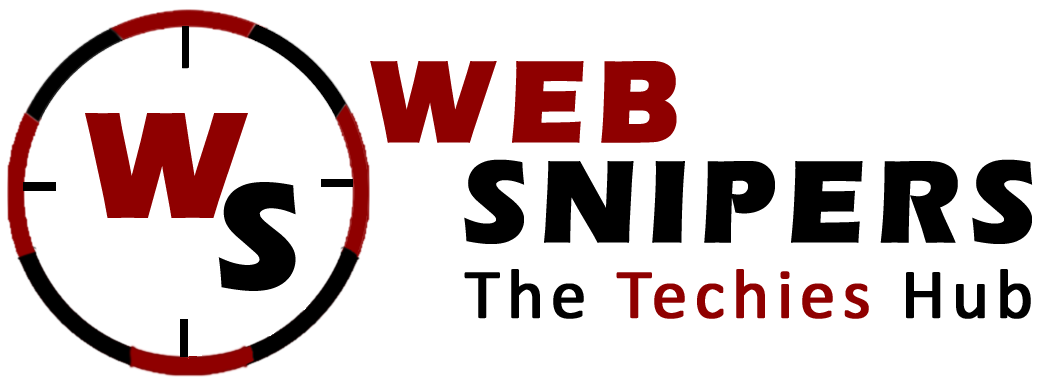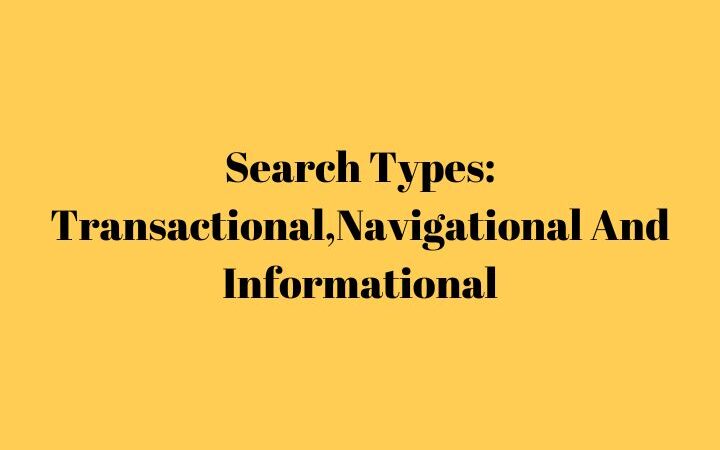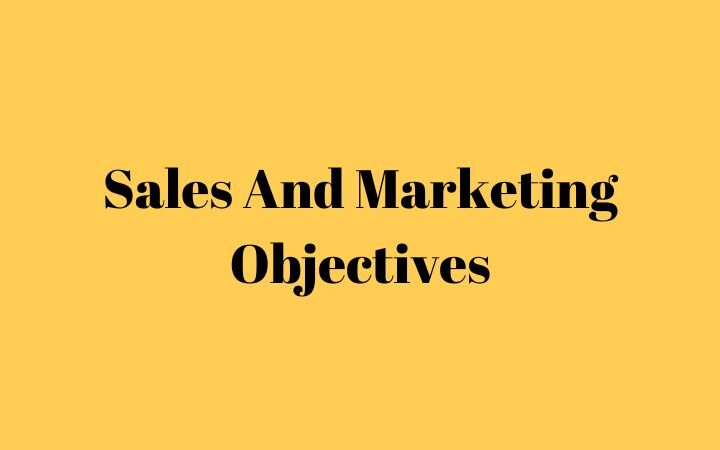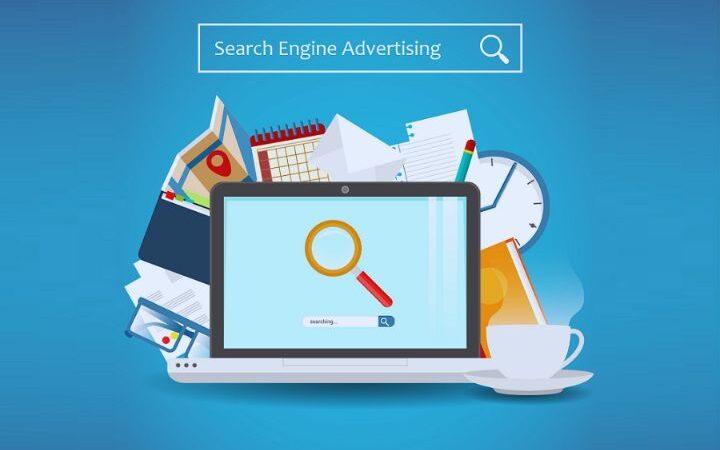All You Need To Know About Clickbait
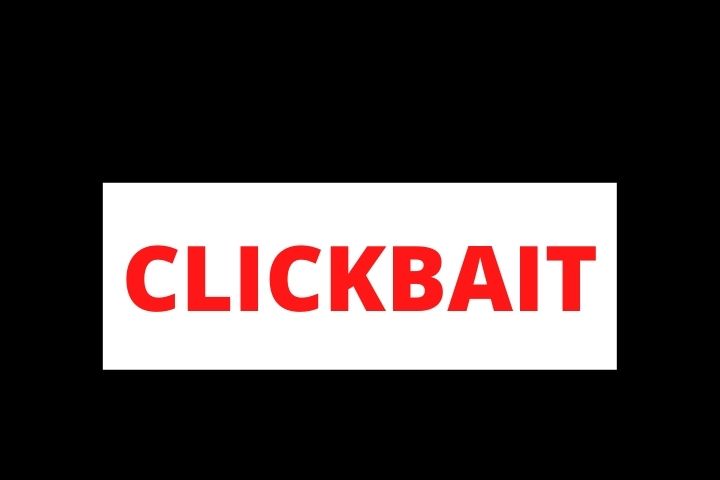
Clickbait or “click bait” is a practice used by digital marketing to get the user to click on a news story thanks to a headline that captures their attention , either for better or for worse. The titles are usually eye- catching to induce the user to decide on that content. Many get the click by generating uncertainty with ambiguous headlines or open-ended questions.
For many informative blogs and websites, it’s the way to make money . They help increase web traffic and thus sell ad space . Although it is one more way to monetize web pages, it generates a lot of controversy . Many traditional media have distanced themselves from clickbait and even Facebook has modified the algorithm that organizes the order of the publications to penalize this type of content.
Most of the media or pages that use clickbait only seek benefits, regardless of whether the reader is disappointed because the content does not provide added value or that the advertisers do not obtain the expected impact and see their corporate image damaged.
Some compare it to fishing: the holder would be the hook and the user the fish . And it is that, the more attractive the headline, the more options there are to generate interest and be shared . The problem comes when the headline promises more than its content then delivers.
Also Read : Leadership
Table of Contents
But How Can We Identify Content That Uses Clickbait In A Dishonest Way?
- Emotional reaction or curiosity. Through the headline they seek to stir the emotions of the reader or create curiosity. Therefore, among the topics that are most used are children, animals or diseases.
- Sensational headlines. They usually have the same pattern for headlines. Phrases like “The 10 best x. The number 6 will make you cry” or “This man went out for a walk and you will not believe what happened to him” are typical of the media or pages that use the clickbait technique.
- Use of the imperative and of the Internet’s own vocabulary. They often use the verb form of the imperative to arouse curiosity and use words typical of the digital environment such as “WOW” or “LOL”. An example of a typical headline is “OMG! Don’t do it under any circumstances.”
- Challenge the reader. There are headlines that challenge the reader. This resource usually generates a lot of interest among users.
Pros And Cons Of Using Clickbait
Although it is a controversial practice, it can benefit or harm the brand depending on its use:
CONS
When clickbait is used on low-quality content it can mean:
- Sensational headlines with content that does not add value.
- High bounce rate .
- Google penalties .
- It harms the brand image ( Branding deterioration ).
- The time of permanence in the contents decreases considerably.
PROS
If used with responsibility and commitment in the content strategy, it can serve to:
- Enhance the messages published on social networks, and thus generate more traffic to the website.
- Capture the attention of users in the thumbnails and titles of the videos on the YouTube channel, and thus better position the profile on the platform.
- Improve the subjects of the mails making them attractive , thus improving the newsletter strategy.
- Improve SEO and SEM. In addition to boosting organic search with headlines that respond to user searches, the use of clickbait in an “honest” way can also be applied to paid campaigns . A powerful ad with appropriate titles can increase the chances of users converting.
